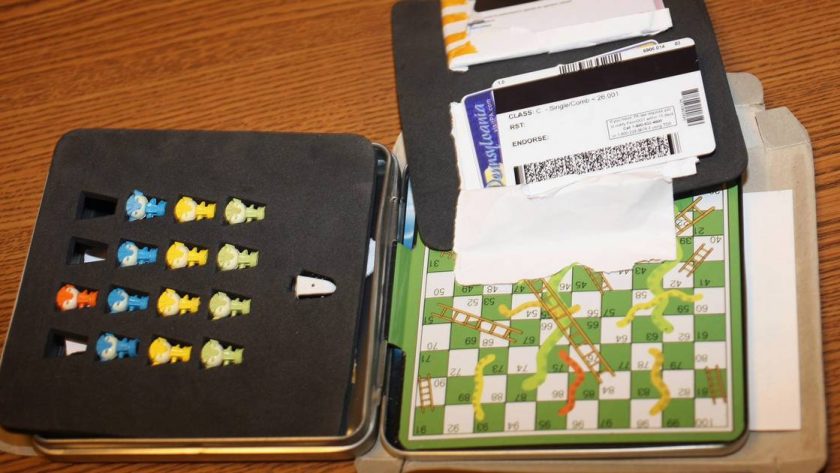Things are not always what they seem, and this is definitely true in the gem market.fake driver license What looks like a highly valuable gem may turn out to be another, less valuable stone labelled deceptively. Gemstones may also be subjected through treatment and dyeing in order to imitate a different stone. Worse, what you thought was a valuable gemstone may not be a stone at all. Want to know five common fake gemstones? Here we discuss 5 commonly fake gems sold in today’s market.
The most expensive gem is of course the first target of imitation. Not only are there lab-created diamonds, there are ways of faking a diamond, too. First, the fake gem could come in the face of a transparent gemstone represented as diamond. The best substitute for diamond is zircon, a gemstone that may be as beautiful as diamond, but way more abundant to be so expensive. Zircon itself is manufactured artificially, and the simulated stone, zirconium, especially cubic zirconia, is also sold as diamond along with moissanite. Probably the most widespread faux diamond in the market is Swarovski crystal. Swarovski crystal is no stone at all, but glass manufactured in a way that effectively tries to emulate the brilliance of a real diamond crystal.
Ruby is a rare red gemstone quite expensive like diamond. And like diamond, ruby is very often faked. Beside garnet, spinel, another less valuable red gemstone, is often misrepresented as ruby. This practice became so rampant that the repercussions proved quiet bad, not only for ruby, but for spinel as well. When people hear of the name spinel, they think it means fake ruby, which is of course not true, since spinel is its own natural gemstone, genuine and beautiful in its own right. Needless to say, red artificial stones are also manufactured in laboratories and sold as ruby at an ominously low price quite unlike the precious stone.
A “citrine” stone is probably the most obvious fake stone in the gem market. Given the number of citrine going around, one need not even examine closely most citrine stones to know that they are fake gemstones. The yellow variety of quartz, citrine is an extremely rare gemstone, too rare that the gemstone can only be worn by an extremely few number of people, far, far less than the actual number of citrine jewelry sold in the gem market. Most citrine stones in the market are inferior pieces of the abundant amethyst or smoky quartz that had undergone heat treatment.
Turquoise is the most valuable of the opaque stones, and a gemstone whose supply has not effectively coped with the demand. Turquoise is faked by representing several entirely different gemstones to be turquoise. These gemstones include variscite, chrysocolla, and even dyed howlite, a naturally white gemstone characterized by dark veins. How many gem collectors are probably surprised when they see turquoise stones wrapped in dark veins all over?
Not all fake stones are fraudulent. There are faux gemstones that are frowned upon by buyers, and then there are not so genuine stones that are well accepted by most. Black onyx is one such stone. Onyx is a variety of agate that occurs in bands of black and white. Black onyx is cut from the black stripes of onyx, but even these black stripes may have streaks of white onyx. To keep the color of black onyx uniform, onyx is dyed thoroughly black. This practice has become well accepted that it has in fact been traditional to dye onyx black.



